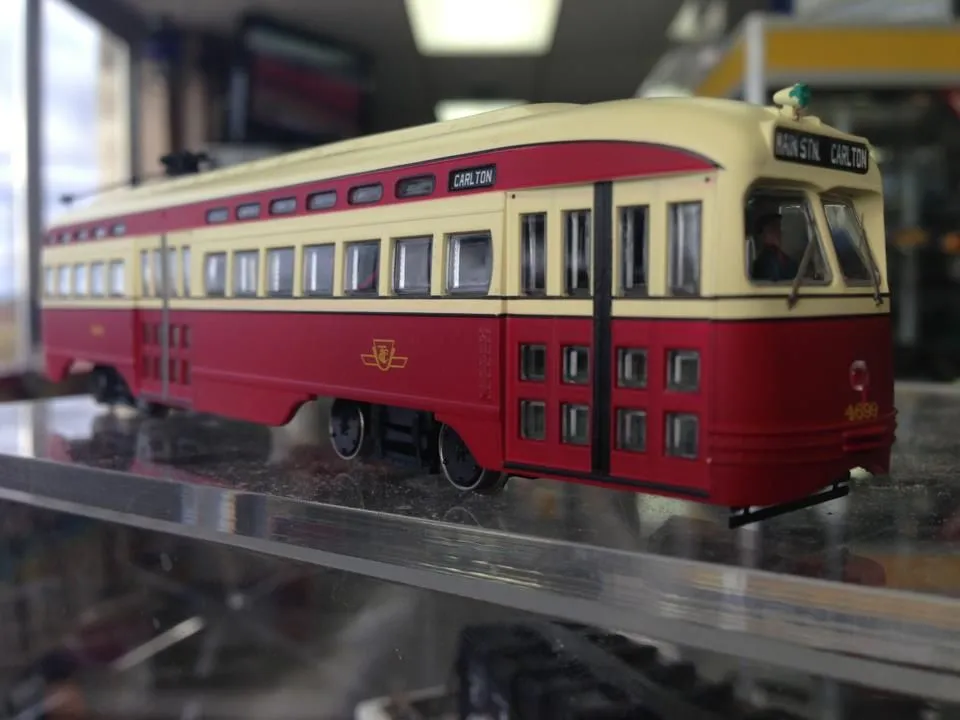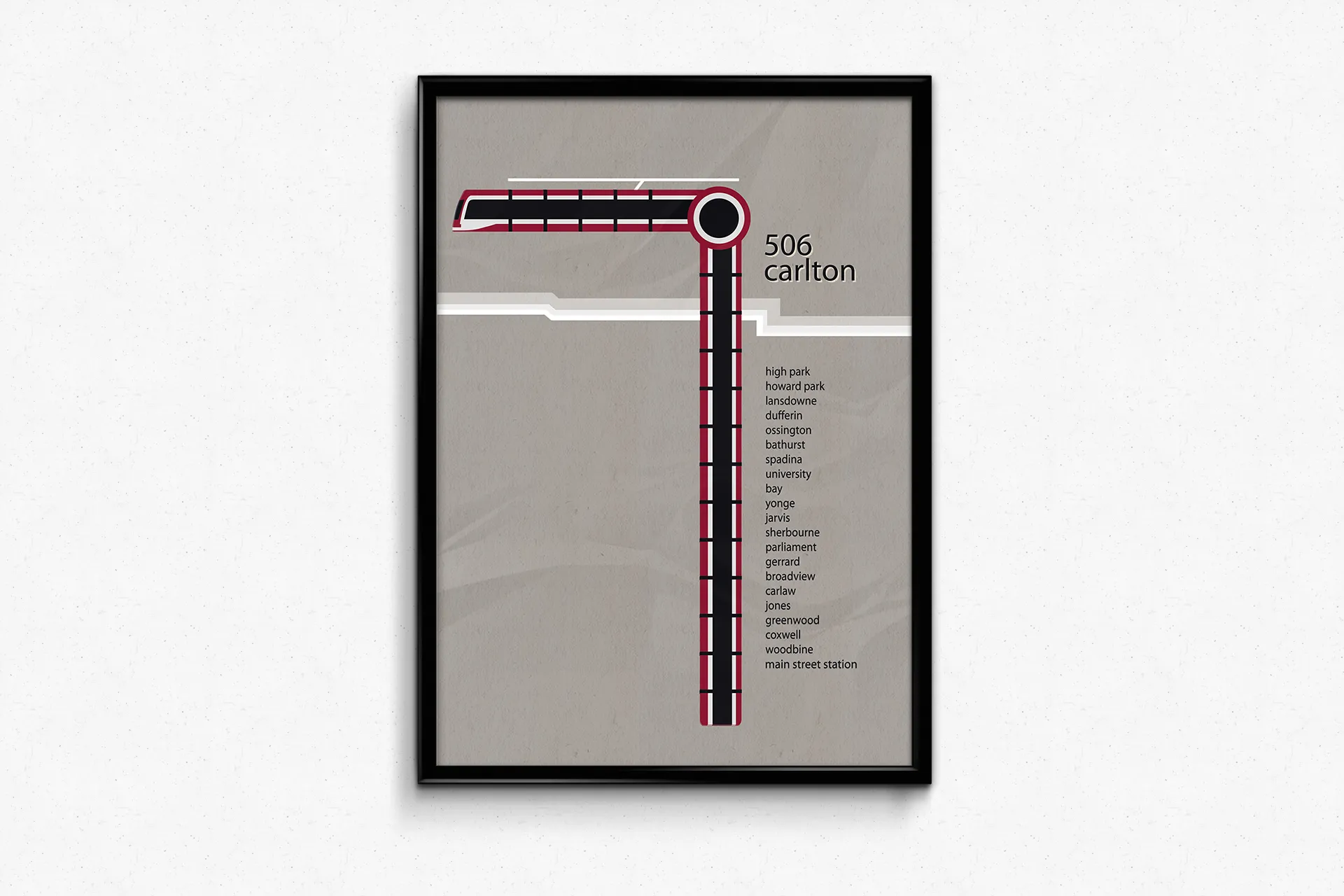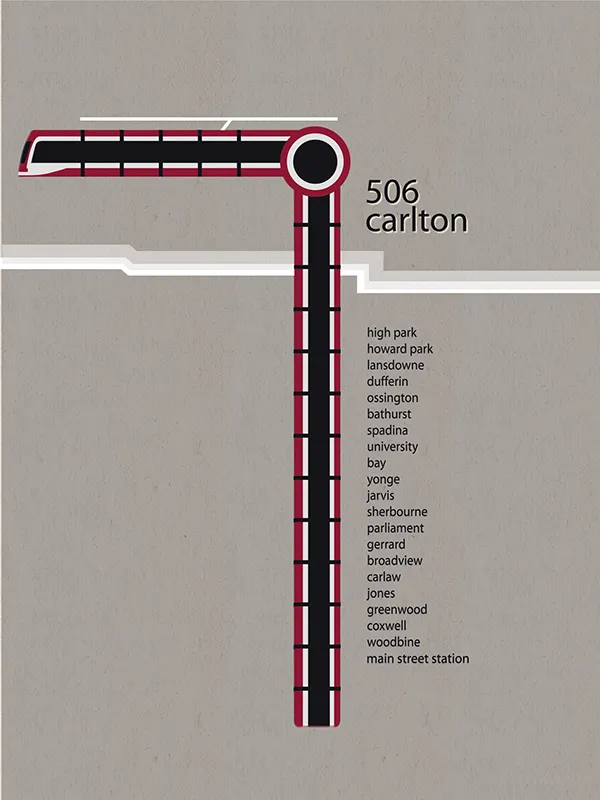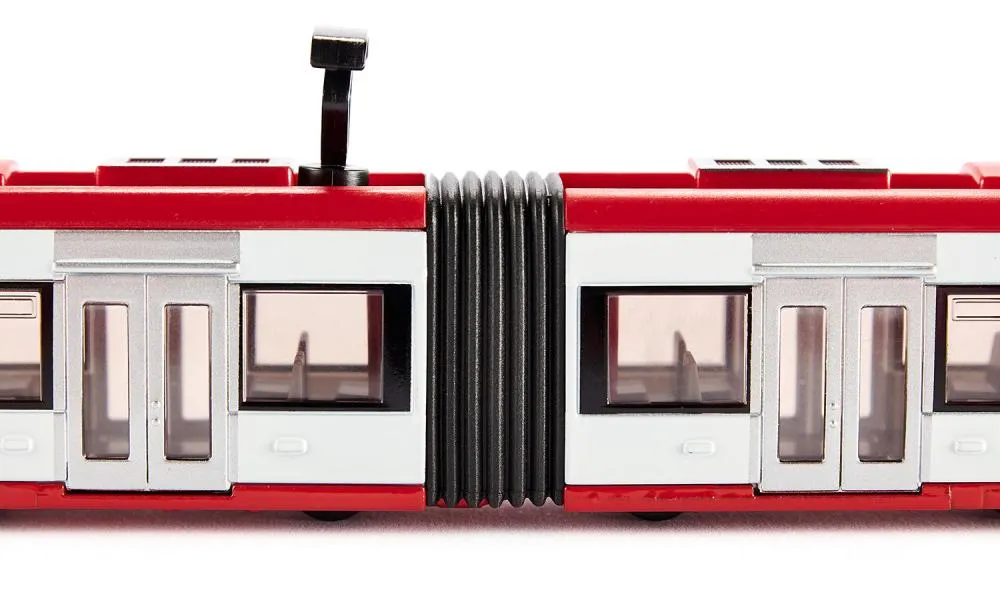The History of TTC Streetcar Diecast
The world of TTC streetcar diecast models is a fascinating blend of history, engineering, and passionate collecting. These miniature replicas offer a tangible connection to Toronto’s rich transit heritage, allowing enthusiasts to hold a piece of history in their hands. The first TTC streetcars began operating in 1921, and they’ve evolved significantly over the decades. The diecast models reflect these changes, from the early Peter Witt cars to the modern Flexity Outlook streetcars that grace the city’s streets today. The appeal of these models extends beyond simple aesthetics; they represent a deep appreciation for transit systems and the craftsmanship involved in their creation. Collecting these models provides insight into the evolution of streetcar design, material science, and manufacturing techniques across the years. Owning a TTC streetcar diecast is more than just possessing a miniature vehicle; it’s about celebrating the legacy of the TTC and the city it serves.
Early Streetcar Models
Early TTC streetcar diecast models often replicate classic designs, such as the Peter Witt cars and PCC (Presidents’ Conference Committee) streetcars. These models are highly sought after by collectors due to their historical significance and scarcity. They represent a golden era of streetcar design, with their distinctive features and intricate details. The early models are made using different materials, offering collectors a glimpse into the past. Examining these early models reveals the evolution of die-casting techniques and the attention to detail that went into replicating the full-sized vehicles. Collectors value these models not only for their aesthetic appeal but also for the stories they tell about Toronto’s past. These diecast replicas serve as miniature time capsules, preserving the legacy of the vehicles that once dominated the city’s transit landscape. Owning these models is like having a direct link to a bygone era, allowing collectors to appreciate the engineering and design of a time when streetcars were the backbone of urban transportation.
Evolution of Diecast Materials

The materials used in the creation of TTC streetcar diecast models have evolved significantly over time. Early models often employed lead-based alloys, which were easy to mold but also presented health concerns. Later, manufacturers transitioned to zinc alloys, known for their durability and ability to capture fine details. Today, most diecast models are made using a combination of zinc, aluminum, and other materials, offering a balance of strength, detail, and safety. The development of diecast materials has paralleled advancements in manufacturing techniques, allowing for more intricate and realistic models. From the heavy feel of early models to the lighter, more detailed models of today, the evolution of materials tells a story about innovation and the pursuit of realism in miniature. Collectors often appreciate the variations in materials, as they reflect the historical context and manufacturing practices of each era. These changes not only impact the look and feel of the models but also their longevity and value as collectibles.
The Most Collectible TTC Streetcar Diecast
Certain TTC streetcar diecast models stand out as highly collectible due to their rarity, historical significance, or unique features. Models representing iconic streetcars like the PCC and the modern Flexity Outlook are often in high demand. Limited-edition releases, special paint schemes, and models associated with significant events also tend to attract collectors. The value of a collectible diecast is determined by factors such as its condition, the manufacturer, the edition size, and the level of detail. Collectors are always on the lookout for models that are in mint condition, with their original packaging intact. The most desirable models can fetch high prices in the collectors’ market, making them a valuable investment for serious enthusiasts. For many collectors, it is about the thrill of the chase, the satisfaction of completing a set, or the joy of owning a piece of transit history. Discovering a rare TTC streetcar diecast is a source of pride and excitement for collectors.
Rarest Models & Limited Editions
The rarest TTC streetcar diecast models are typically those that were produced in limited quantities or were exclusive to certain events or retailers. These models often feature unique paint schemes, special markings, or other distinguishing details that set them apart. Limited editions can include special anniversary models, promotional items, or collaborations between manufacturers and the TTC. These models are highly sought after by collectors, as they represent a unique piece of transit history and are often considered a valuable investment. The rarity of a model significantly increases its desirability and market value. Collectors who possess these rare models often become the envy of others, further fueling the demand. Finding these limited editions requires persistence, knowledge, and a network of fellow collectors. Owning one is akin to possessing a treasure, a testament to the collector’s dedication and passion for the hobby. These exclusive models are the jewels in any TTC streetcar diecast collection.
Factors Influencing Value

Several factors influence the value of TTC streetcar diecast models. The condition of the model is paramount; models in mint condition with their original packaging fetch the highest prices. The manufacturer’s reputation and the level of detail in the model also affect its value. Rarity is a crucial factor; limited editions and models that were produced in small quantities are more valuable. The historical significance of the streetcar represented by the model plays a role, as does its popularity among collectors. Market trends and the overall demand for TTC memorabilia also influence prices. Collectors should research market values, compare prices, and assess the model’s authenticity before making a purchase. Understanding these factors helps both buyers and sellers navigate the diecast market and make informed decisions. Ultimately, the value of a diecast model is determined by a combination of these elements, reflecting its desirability and the passion of the collectors.
Finding and Acquiring TTC Streetcar Diecast
Acquiring TTC streetcar diecast models requires a strategic approach, including knowing where to look, how to assess authenticity, and how to secure a good deal. Online marketplaces such as eBay and specialized online stores are popular destinations for collectors. Local hobby shops, antique stores, and model train retailers often carry a selection of diecast models. Attending model train shows and collector events provides opportunities to find rare models and connect with other enthusiasts. Building relationships with sellers and staying informed about new releases are essential for success. When purchasing, it is crucial to examine the model’s condition carefully, checking for any damage or missing parts. Verifying the model’s authenticity and researching its value are important steps to ensure a wise investment. Be prepared to negotiate prices and be patient, as the search for the perfect model can take time and effort. The joy of the hunt and the satisfaction of adding a prized piece to your collection make the acquisition process rewarding.
Where to Buy Diecast Streetcars
There are several avenues for acquiring TTC streetcar diecast models. Online marketplaces such as eBay are a treasure trove of models, offering a wide variety of choices. Specialized online stores that focus on diecast models and model trains are excellent sources. Local hobby shops and model train stores often carry a selection of TTC streetcar models. Antique shops and flea markets can sometimes yield surprising finds. Attending model train shows and collector events offers opportunities to find rare and vintage models, as well as connect with fellow enthusiasts. Building a network of collectors and staying informed about new releases and sales is a good strategy. The best approach often involves a combination of online searches, visits to local stores, and participation in collector events. Be sure to compare prices, assess the condition of the models, and verify their authenticity before making a purchase.
Tips for Authenticity and Condition

Ensuring the authenticity and assessing the condition of TTC streetcar diecast models are critical steps in the collecting process. Examine the model closely for any signs of damage, such as scratches, dents, or missing parts. Verify that the model is an original and not a replica or a customized version. Check for the manufacturer’s markings and any identifying details that confirm its authenticity. If possible, compare the model with images of authentic models online to identify any discrepancies. The original packaging, if available, adds to the model’s value and helps to confirm its authenticity. Assessing the model’s condition involves evaluating its paint quality, the functionality of its moving parts, and the overall level of detail. A model in mint condition with its original packaging is the most desirable. Be wary of models that have been heavily altered or repaired, as this can affect their value. Always do your research, ask questions, and seek expert advice when in doubt. Protecting yourself against fakes and knowing the condition of your models will lead to better collection practices.
Care and Preservation of Your Collection
Proper care and preservation are essential for maintaining the value and extending the lifespan of your TTC streetcar diecast collection. Store your models in a cool, dry place, away from direct sunlight and extreme temperatures. Dust the models regularly with a soft brush or cloth to prevent the accumulation of grime. Avoid handling the models excessively, as this can cause scratches or damage. When moving or storing the models, handle them with care to prevent accidental damage. Consider using display cases to protect your models from dust and other environmental factors. Keep a detailed record of your collection, including the model’s manufacturer, year of production, and any special features. This will help you keep track of your collection and maintain its value. Regularly inspect your models for any signs of damage or deterioration, and address any issues promptly. By following these care and preservation tips, you can ensure that your TTC streetcar diecast collection remains a valuable and cherished part of your hobby for many years to come.
Proper Storage Techniques
Proper storage techniques are crucial for protecting your TTC streetcar diecast models from damage and preserving their value. Store your models in a cool, dry place, away from direct sunlight and extreme temperatures, as these can cause the paint to fade or the materials to degrade. Consider using display cases or cabinets to protect your models from dust and other environmental factors. If storing models in boxes, wrap them individually in acid-free tissue paper or bubble wrap to prevent scratches and other damage. Avoid storing models in areas with high humidity, as this can lead to rust and corrosion. Ensure that the storage area is free from pests, such as insects and rodents, that could damage your models. Regularly inspect your storage area for any signs of moisture or pests. Organize your collection systematically, labeling boxes or display cases to easily find your models. Proper storage will not only protect your models but also make it easier to enjoy and appreciate your collection over time.
Cleaning and Maintenance

Regular cleaning and maintenance are essential for keeping your TTC streetcar diecast models in top condition. Dust your models regularly with a soft brush or cloth to prevent the accumulation of grime and dirt. Avoid using harsh chemicals or abrasive cleaners, as these can damage the paint and the model’s delicate details. Use a slightly damp cloth to gently wipe away any dirt or fingerprints. For stubborn stains, you can use a mild soap solution, but be sure to rinse the model thoroughly and dry it completely. Inspect your models for any signs of rust or corrosion, and address any issues promptly. Lubricate any moving parts, such as wheels or doors, with a small amount of silicone-based lubricant. If you have a particularly valuable or delicate model, consider taking it to a professional for cleaning and maintenance. Proper cleaning and maintenance will not only keep your models looking their best but also help to preserve their value over time.
Showcasing Your TTC Streetcar Diecast
Showcasing your TTC streetcar diecast collection is a source of pride and a way to share your passion with others. There are many ways to display your models, from simple shelves to elaborate custom-built displays. The best display will depend on the size of your collection, the available space, and your personal preferences. Consider using display cases with glass doors to protect your models from dust and handling. Arrange your models thematically, by manufacturer, or by the type of streetcar they represent. Use lighting to highlight the details of your models and create a more visually appealing display. Incorporate historical photos, maps, or other memorabilia to enhance the context of your collection. Join collector groups and online forums to share your collection and get inspiration from other enthusiasts. Your display is a reflection of your passion, so make it visually appealing and informative. Presenting your collection in an organized and visually engaging way will attract interest and spark conversations with fellow collectors.
Display Ideas
There are numerous display ideas for showcasing your TTC streetcar diecast models, tailored to your collection size and available space. Consider using glass-fronted display cabinets to protect your models from dust and damage. Shelves with adjustable heights offer flexibility for different-sized models. Build a diorama with miniature street scenes, complete with buildings, people, and landscaping, to create a more immersive display. Use LED strip lighting to highlight the details of your models and create an inviting atmosphere. Arrange your models thematically, such as chronologically, by manufacturer, or by the specific type of streetcar. Incorporate historical maps, photographs, or transit-related memorabilia to provide context and add visual interest. Consider using risers or tiered shelves to create depth and prevent models from being blocked by others. For a modern look, you can use floating shelves or wall-mounted display cases. The key is to create a visually appealing and organized display that reflects your passion for TTC streetcar diecast models.
Connecting with Collectors

Connecting with other TTC streetcar diecast collectors is a great way to share your passion, learn more about the hobby, and expand your collection. Join online forums and social media groups dedicated to diecast collecting and transit history. Attend model train shows, collector events, and swap meets to meet other enthusiasts and exchange knowledge. Local transit museums and historical societies often host events and gatherings that provide opportunities to connect with other collectors. Participate in online discussions and share photos of your collection to showcase your models and engage with other collectors. Trading or selling models with other collectors can help you find rare or hard-to-find pieces. Building relationships with other collectors can also provide valuable insights, advice, and support. By connecting with fellow enthusiasts, you can enrich your collecting experience, learn about new models, and deepen your appreciation for the world of TTC streetcar diecast.
